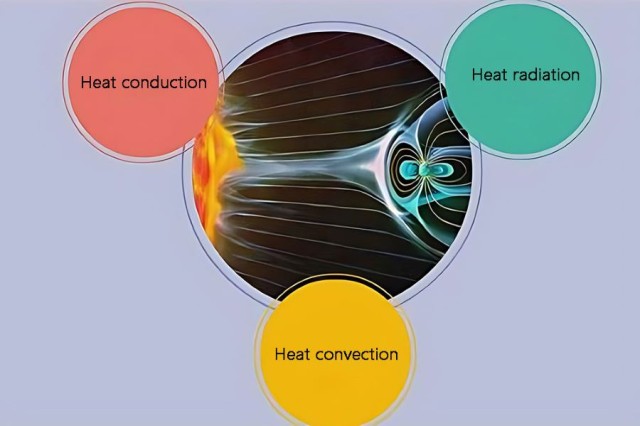Vacuum Atmosphere Furnace Temperature Control
Balanced Temperature Field Formation
In the context of vacuum atmosphere furnaces, achieving a balanced temperature field is crucial for maintaining uniform heating and preventing thermal stress. This is often achieved by heating the furnace tube at both ends and plugging them with insulation plugs. The rationale behind this approach lies in the higher temperatures at the ends of the furnace tube, which can cause flanges to exceed their thermal limits. By insulating these ends, the furnace can achieve a more airtight seal, reducing heat loss and ensuring a more uniform temperature distribution.
When the ends of the furnace are plugged with insulation materials, it helps in creating a more controlled thermal environment. This practice is particularly beneficial in maintaining a balanced temperature field, as it prevents the temperature gradient from becoming too steep. The insulation plugs act as barriers, preventing excessive heat from escaping and ensuring that the temperature within the furnace remains consistent across different sections.
Moreover, the use of insulation plugs at the ends of the furnace tube also aids in managing thermal expansion. By limiting the exposure of flanges to extreme temperatures, the risk of thermal deformation and subsequent damage to the furnace structure is minimized. This, in turn, enhances the overall durability and efficiency of the vacuum atmosphere furnace.
In summary, the strategic placement of insulation plugs at the ends of the furnace tube is a critical step in forming a balanced temperature field. This approach not only ensures a more uniform distribution of heat but also protects the furnace components from thermal stress, thereby optimizing the performance and longevity of the vacuum atmosphere furnace.
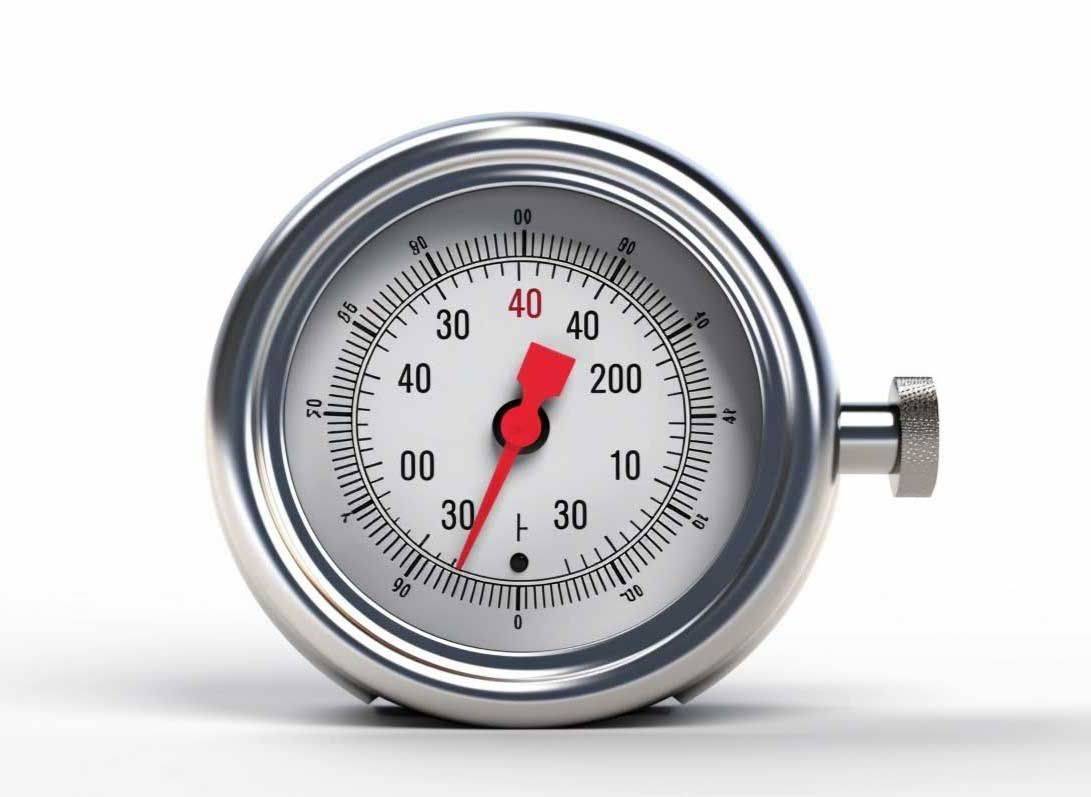
Temperature Stability and Uniformity
Vacuum atmosphere furnaces are renowned for their ability to maintain temperature uniformity within a ±1 degree range, which is crucial for achieving high temperatures. This precision is a testament to the advancements in temperature control instrumentation technology.
Temperature Stability refers to the consistency of temperature at a specific location within the furnace over varying time intervals. It is a measure of how steady the temperature remains at any given point, ensuring that the process remains reliable and reproducible.
Temperature Uniformity, on the other hand, gauges the temperature consistency across different locations within the furnace at the same time. This ensures that every part of the furnace operates under the same thermal conditions, which is essential for the uniformity of the products being processed.
The integration of advanced control systems has significantly enhanced the temperature stability and uniformity of vacuum atmosphere furnaces. These systems continuously monitor and adjust the temperature to maintain the desired conditions, thereby ensuring that the furnace operates efficiently and effectively.
In summary, the high standards of temperature stability and uniformity in vacuum atmosphere furnaces are not just a feature but a necessity, driven by the continuous improvements in temperature control technology.
Heat Transfer Mechanisms in Furnaces
Conduction
Conduction is a fundamental mode of heat transfer that occurs without the relative displacement of mass. This phenomenon is particularly evident when an object or different parts of an object in direct contact exhibit different temperatures. The mechanism of heat transfer through conduction varies significantly depending on the medium involved.
In liquids and non-conducting solids, heat transfer primarily relies on the propagation of elastic waves. These waves, often referred to as phonons, facilitate the movement of thermal energy through the material. On the other hand, in metals, the primary mechanism is the movement of free electrons. These electrons, which are not bound to any particular atom, can move freely within the metal lattice, effectively carrying thermal energy from one region to another.
In gases, conduction is driven mainly by the diffusion and collision of atoms or molecules. As these particles move and collide, they transfer kinetic energy, thereby spreading heat throughout the gas. This process is less efficient in gases compared to solids and liquids due to the lower density and greater distance between gas particles.
Understanding these distinct mechanisms is crucial for optimizing heat transfer in various applications, particularly in vacuum atmosphere furnaces where precise temperature control is essential.
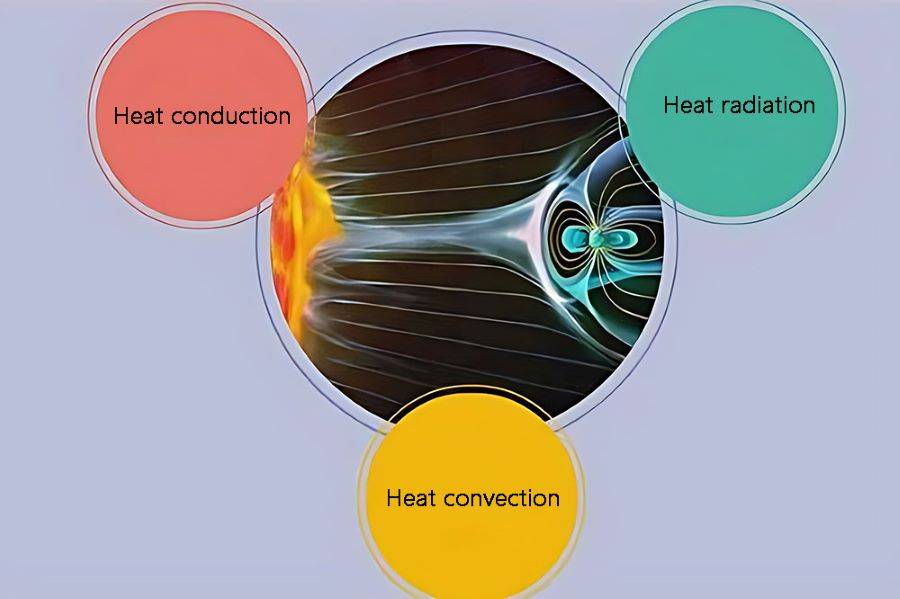
Convection
Convection is a heat transfer mechanism that occurs due to the relative movement of fluid particles, driven by temperature differences. This process involves the transfer of heat through the movement of fluid, which can be either a liquid or a gas. Convective heat transfer is characterized by the interaction between the fluid and the surface of an object, where heat exchange takes place.
There are two primary types of convective heat transfer: natural convection and forced convection. Natural convection arises from the buoyancy forces within the fluid, which are caused by variations in temperature and density. As the fluid near the surface of an object heats up, it becomes less dense and rises, while cooler, denser fluid replaces it. This continuous cycle of rising and falling fluid particles facilitates heat transfer. The heat transfer between the fluid and the surface in this scenario is termed natural convective heat transfer.
On the other hand, forced convection involves the use of external forces to induce fluid flow. This can be achieved through mechanical means such as pumps, fans, or other devices that create a forced flow of fluid over a surface. The heat transfer that occurs under these conditions is known as forced convective heat transfer. Unlike natural convection, which relies solely on the inherent properties of the fluid, forced convection allows for greater control and efficiency in heat transfer processes, making it particularly useful in applications requiring precise temperature control.
In summary, convection is a dynamic heat transfer process that leverages the movement of fluid to facilitate heat exchange. Whether driven by natural buoyancy forces or external mechanical means, convection plays a crucial role in various industrial and scientific applications, including the operation of vacuum atmosphere furnaces.
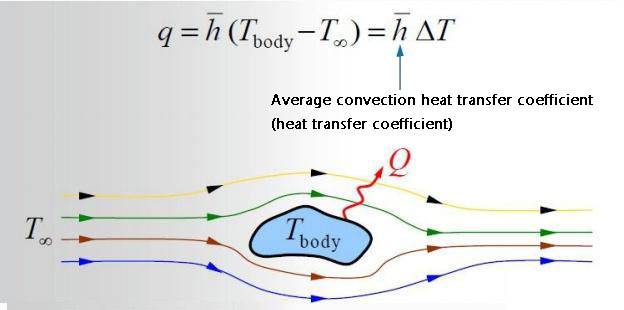
Radiation
Radiation is a fundamental mechanism of heat transfer that involves the propagation of heat energy through electromagnetic waves. Unlike conduction and convection, which require a medium for heat transfer, radiation can occur in a vacuum, making it particularly relevant in the context of vacuum atmosphere furnaces.
Radiation heat transfer is not merely a process of energy transfer; it also involves the transformation of energy forms. Initially, thermal energy is converted into radiant energy, which is then emitted in the form of electromagnetic waves. These waves travel through space until they encounter an object, where they are absorbed and subsequently converted back into thermal energy. This dual process of emission and absorption is crucial for maintaining temperature stability and uniformity within vacuum atmosphere furnaces.
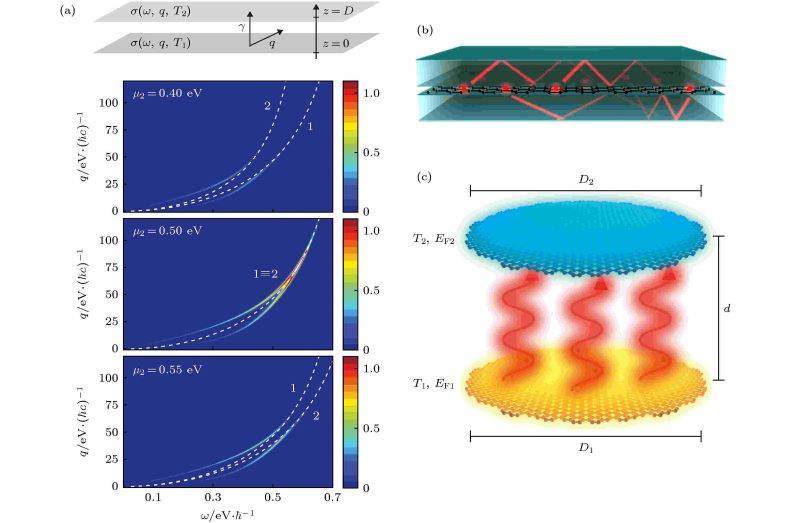
To illustrate the significance of radiation in heat transfer, consider the following points:
- Energy Conversion: The conversion of thermal energy into radiant energy and vice versa is a continuous process. This ensures that the heat energy is effectively transferred and utilized within the furnace.
- Medium Independence: Radiation does not require a medium for propagation, making it an essential mode of heat transfer in vacuum conditions.
- Efficiency: The efficiency of radiation heat transfer can be influenced by the emissivity and absorptivity of the materials involved. High emissivity materials are better at emitting radiant energy, while high absorptivity materials are efficient at converting radiant energy back into thermal energy.
In summary, radiation plays a pivotal role in the heat transfer mechanisms within vacuum atmosphere furnaces, contributing to the overall temperature control and uniformity.
Related Products
- 1400℃ Controlled Atmosphere Furnace with Nitrogen and Inert Atmosphere
- 1200℃ Controlled Atmosphere Furnace Nitrogen Inert Atmosphere Furnace
- 1700℃ Controlled Atmosphere Furnace Nitrogen Inert Atmosphere Furnace
- 2200 ℃ Graphite Vacuum Heat Treat Furnace
- Vacuum Hot Press Furnace Machine Heated Vacuum Press
Related Articles
- Hydrogen Atmosphere Furnaces: Applications, Safety, and Maintenance
- Comprehensive Guide to Atmosphere Furnaces: Types, Applications, and Benefits
- Exploring Tungsten Vacuum Furnaces: Operation, Applications, and Advantages
- Exploring the Using a Chamber Furnace for Industrial and Laboratory Applications
- The Benefits of Controlled Atmosphere Furnaces for Sintering and Annealing Processes
